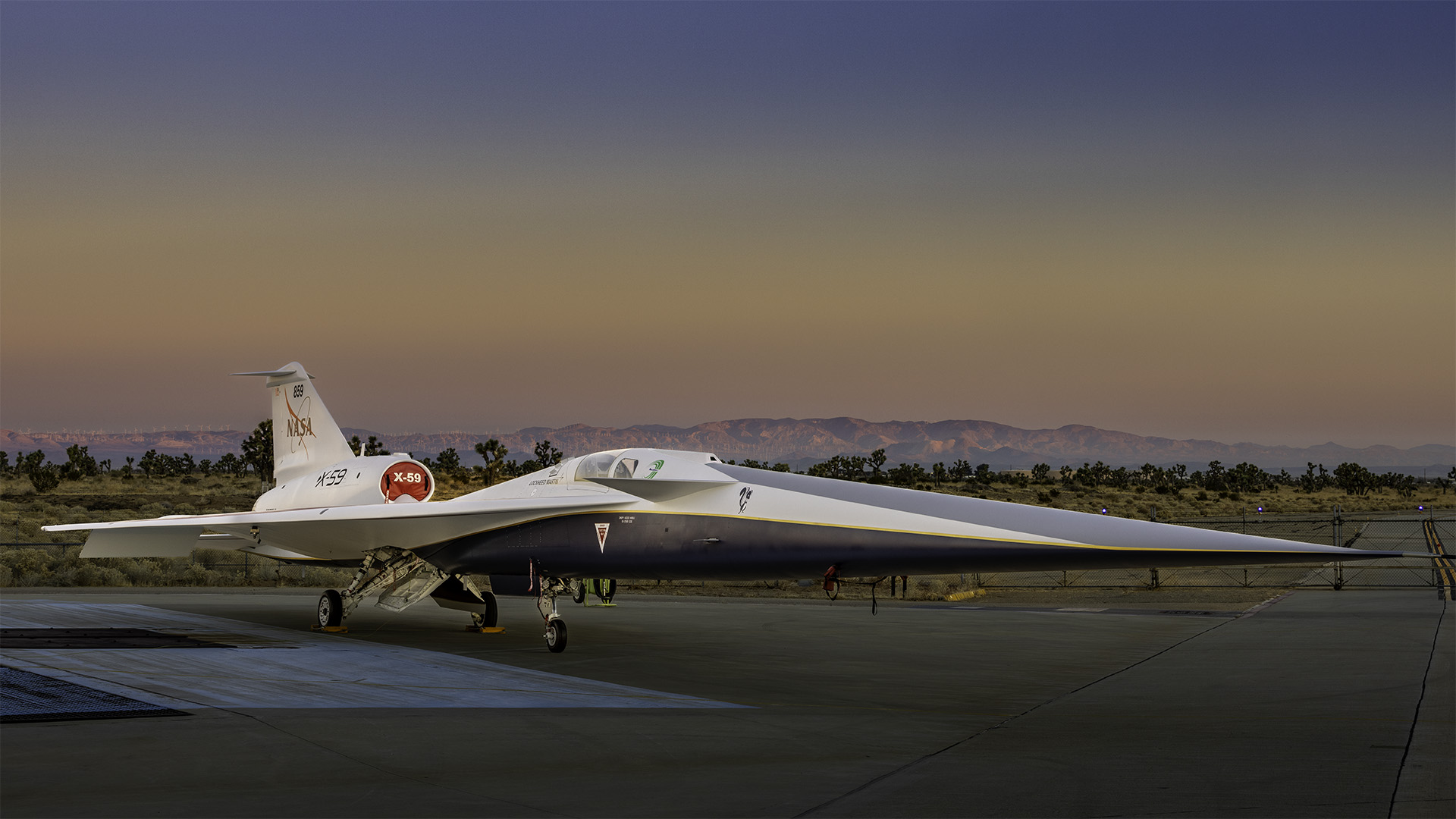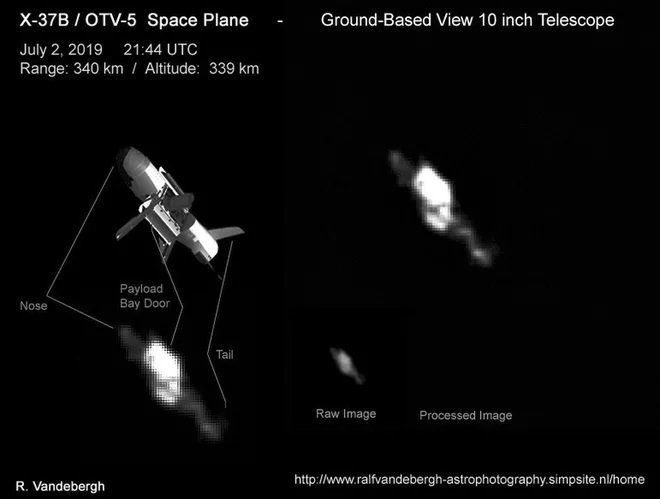Rarely does something get developed which is a real game changer in space exploration. One example is the Skylon reusable single-stage-to-orbit spaceplane. Powered by the hypersonic SABRE engine it operates like a jet engine at low altitude and more like a conventional rocket at high altitude. Sadly, ‘Reaction Engines’ the company that designs the engines has filed for bankruptcy.
Continue reading “Reaction Engines Goes Into Bankruptcy, Taking the Hypersonic SABRE Engine With it”Reaction Engines Goes Into Bankruptcy, Taking the Hypersonic SABRE Engine With it





